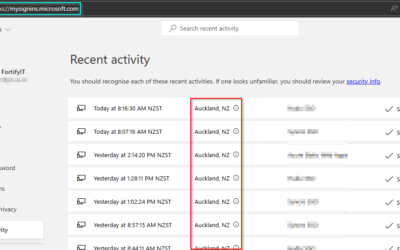If you’re a business owner, you already know that every investment should have a measurable return. This principle holds true for IT support as well. Many companies are moving away from traditional break-fix IT support models to managed IT services. But how can you evaluate the Return on Investment (ROI) of making such a switch? This guide will break it down for you.
Understanding ROI in the Context of IT Support
ROI, or Return on Investment, is a metric used to evaluate the efficiency or profitability of an investment. When it comes to IT support, calculating ROI involves comparing the cost of managed services to the value they provide to your business.
Cost Factors in Traditional IT Support
The traditional break-fix IT support model comes with various costs, both obvious and hidden. These can include:
- Hourly rates for repairs
- Hardware replacement costs
- Downtime and lost productivity
Cost Structure of Managed IT Services
In contrast, managed IT services typically involve a fixed monthly fee, covering a wide range of IT support tasks like:
- Monitoring and maintenance
- Data backup
- Cybersecurity
How to Calculate ROI for Managed IT Services
To evaluate ROI, you’ll want to compare the total costs of each IT support model against the value they bring. Here’s a simple formula:
ROI = (Net Benefit of Managed IT services - Cost of Managed IT services) / Cost of Managed IT services
Quantifying the Value of Managed IT Services
Measuring the value or net benefit of managed IT services can be trickier than you think. Consider factors like:
- Reduced downtime
- Increased employee productivity
- Enhanced cybersecurity
Case Example: Evaluating ROI for IT Support
Let’s say Company A spent $50,000 last year on traditional break-fix IT support, including downtime costs. After switching to managed IT services at $36,000 per year, they experienced less downtime and higher productivity, estimated at a value of $20,000. Using the ROI formula, their ROI would be:
ROI = ($20,000 - $36,000) / $36,000 = -44.44%
Although the ROI appears negative, remember that the company also saved $14,000 by not using break-fix services, effectively making the ROI positive when considering the alternative.
Conclusion
Evaluating the ROI of managed IT services over traditional IT support models involves more than just comparing costs. It’s essential to consider the full range of benefits that a managed service model can bring to your business. When done right, making the switch can result in significant savings and a more streamlined, efficient operation.





